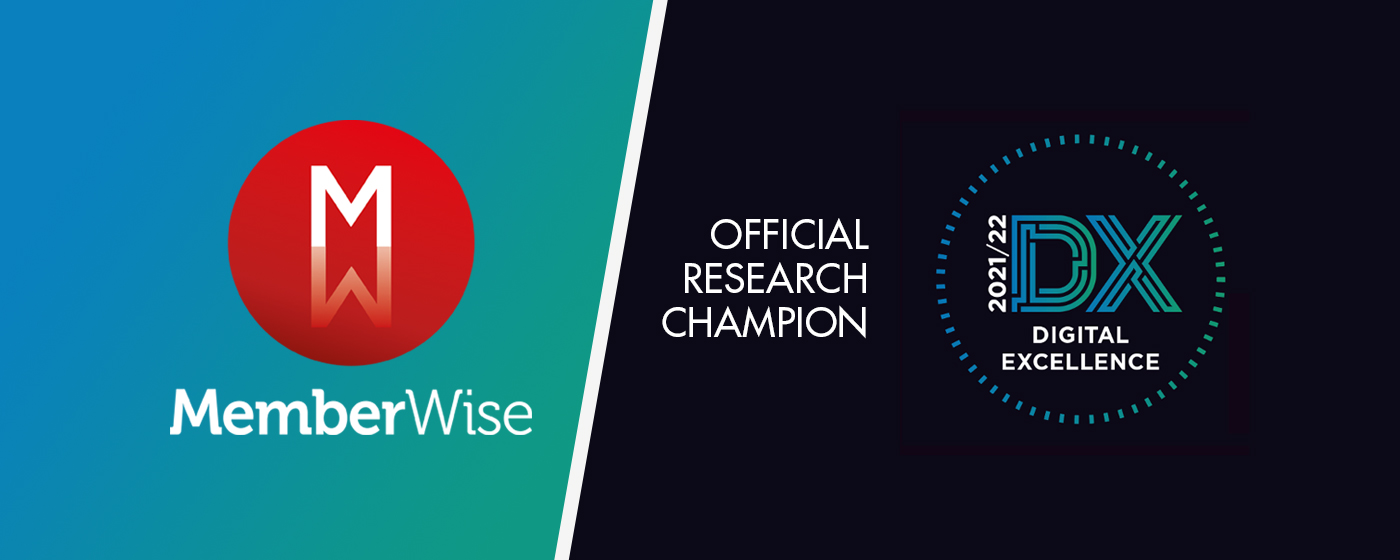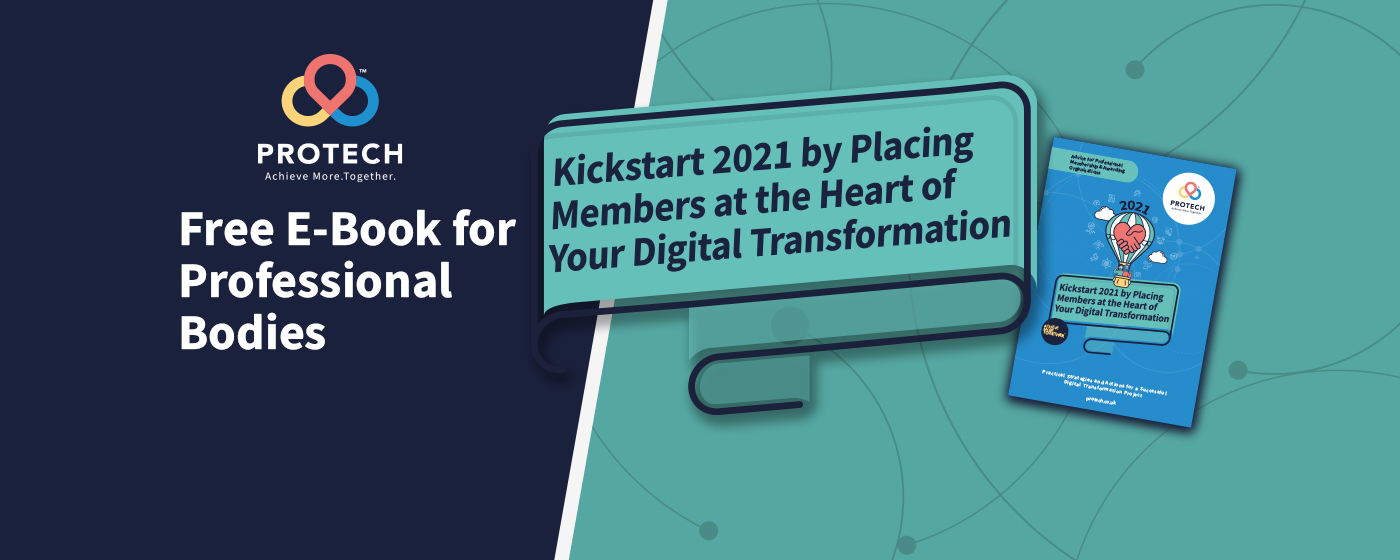‘Can you identify with the findings of a ProTech Lean3s case study conducted with a UK professional body?’
By Jenny McTiernan, COO, ProTech –
Following on from Part One of this case study which appeared on Lean Management journal
Part Two:
Counting what counts
Deming also said, “In God we Trust – everyone else bring data.” He was also very specific that management should not attempt to manage organisations on figures alone and that any measure must be the right measure.
Unfortunately, most of the measures we see in organisations are historical, after the fact. They don’t tell us anything about what will happen. Most importantly, Deming said that all measures must show the extent to which the organisation is achieving its purpose.
The problem is that getting the right measures in place is often difficult and all too often results are seen by middle and senior management only. The issue here is that managers have much less influence over the work itself than they think they do. Front line and support staff have the real influence, as they produce the products and services that customers or members want.
The measures our professional body client was using within its contact centre focused mainly on counting volumes of work, with one service standard measure on response times to e-mails. There was a target set for the team to respond within a maximum of three working days. It had previously been set at two days, but this was unachievable so the target was increased by the Head of Membership.
The team were measured on the time taken to answer the phone, with a target of under 15 seconds and which was closely monitored by team leaders. What was interesting though – and not measured – was that the average call handling time was over three minutes, which is actually pretty high. We then looked at the call duration on outbound calls and that was higher still.
This picture, together with an average ‘wait to answer’ time of just over two minutes pointed towards staff spending a lot of time dealing with each call. Probably unsurprising given the waste work we saw earlier.
From ProTech’s experience of business transformation in financial services, people can become very ingenious in working out ways to achieve their targets.
For instance in a 300 seat call centre in a major UK bank, we had observed call centre staff picking up calls and immediately cutting the customer off so as to achieve the ‘time to answer’ target. This may be an extreme example but it makes it incredibly important to count the right things, if you do indeed get what you count.
The kinds of measures that we actually want are the ones that tell us whether we are meeting the purpose of the organisation. For example, if the time it takes to deliver a service to a customer or member is important. Organisations need to measure the actual end-to-end time each transaction takes to process, rather than the average time, which can be very misleading.
We often see internal departments ‘stopping the clock’ when measuring the time a process takes to complete and leave their team or department, so visibility of real end-to-end times are then impossible to measure.
In the case of our professional body client, we wanted to understand how many of the people that visited its website and started the membership joining user journey, actually completed it, as this was not being measured. What our client was measuring was the number of ‘completed’ applications approved by the membership committee and this was running at 98%.
When ProTech looked at the data, we compared how many people starting applications for membership on the website actually completed the process within one month of starting and also within 12 months of starting. The data revealed that of those that started the joining process only 16% completed the process, and whilst the conversion rate increased slightly when looking at the 12 month timeframe, the conversion rate maxed at just 24%.
Once we had this information, we could look at the opportunity cost of increasing the conversion rate. I appreciate that it is unrealistic to think we could achieve a 100% conversion rate but if we did, this would equate to an annual increase in revenue, of a staggering £1.7m. Even if we only increased conversion by 50% that is still close to an increase of £1m.
If we also look at the cost to the organisation of processing the 100% preventable demand, identified earlier, this figure was calculated at over £240,000 per annum. So this figure combined with the lost revenue from applications not completed was costing the organisation in the region of £1.25m per annum.
Team Based Problem Solving – Handling Causes, not Symptoms
Lean3S enables ProTech to support its clients in focusing away from symptoms and towards root causes.
We teach people to think ‘flow not function’. Many membership organisations/professional bodies are designed functionally with departments for membership, finance, qualifications, sales and so on. The problem with this is, that focus tends to become internalised with staff often blaming other teams for problems, and a general lack of understanding of the work carried out by employees beyond their immediate team.
Lean3S provides a set of tools and techniques that can be used by the teams within an organisation so that they can work together to achieve the transformation. It engages people at all levels of the organisation, across the organisation and reaches out to engage with other stakeholders, as necessary, to support the identified changes.
These tools include training sessions on techniques such as ‘team based problem solving’, on the job coaching for managers and learning interventions where teams apply techniques in the workplace and are coached to embed their understanding of how to see their organisation ‘as a system’.
What sort of benefits can be expected?
In our experience there are quantifiable financial benefits that can be achieved from this approach as well as qualitative improvements in staff motivation and customer/member experience.
Organisations typically achieve between 10% and 35% improvement in efficiency – the cost of delivering the service – on the first application of the method and further efficiency benefits of between 3% and 10% each time a Lean3S cycle is completed.
On the first cycle of the Lean3S programme, one of our clients recently identified a 19% saving (£60k+) on a single process.
Remember, the cycles are ongoing so the savings just keep rolling. If your organisation costs £0.5m to run each year and you have 40% waste work, this represents an opportunity saving of £200k every year. We would suggest that this saving could be used to re-invest in responding to the continued rise in customer/member expectations so you can actually get ahead of the game!
Sound interesting?
As with any transformation it would be wrong of me to say it’s easy. Whilst the method itself is simple, practical and largely common sense, it does require a fundamental shift in the prevailing style of management and this can be very difficult. It therefore needs strong commitment from the top and initially it will require training and support for your employees.
Empowerment is crucial in achieving the benefits of Systems Thinking, but whilst empowerment is attractive for NFP’s, it can be perceived as a loss of control to be fought against.
It is easy to believe when things go wrong that the people are the problem. Lean3S means abandoning this kind of thinking and again, this can be a challenge for some.
Lean3S offers NFP’s a systemic approach to achieving business transformation and supports clients in adopting Lean3S through a structured programme of training and coaching, with a range of tools and techniques.
Lean3S consists of 3 continuous cycles – 1) Connect – learning to see your organisation as a ‘system’, 2) Reflect – team based problem solving and designing ‘perfect’, 3) Progress – building great people, processes and performance.
To ensure you stay one step ahead of your competitors, start your Lean3S cycle sooner rather than later.
For more Information contact: Kim.smith@protech.co.uk
or visit ProTech (www.protech.co.uk)








